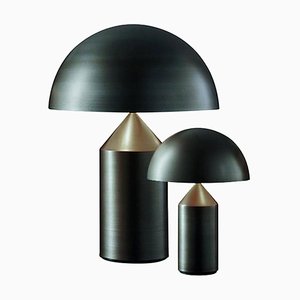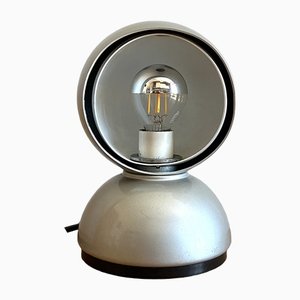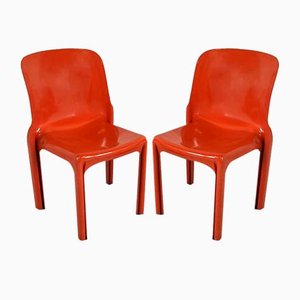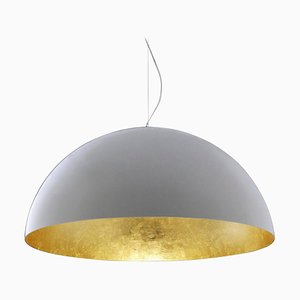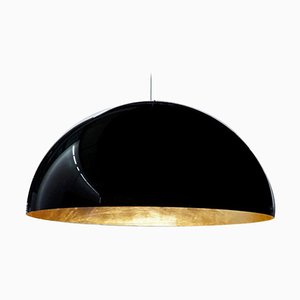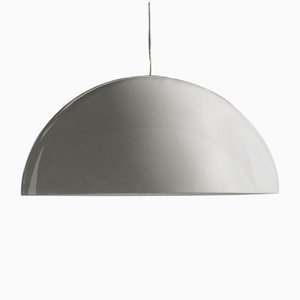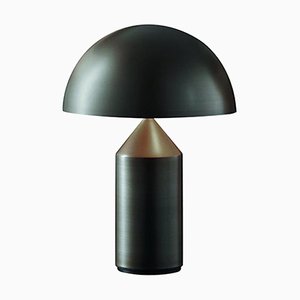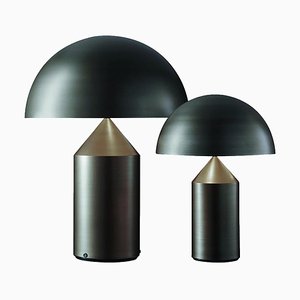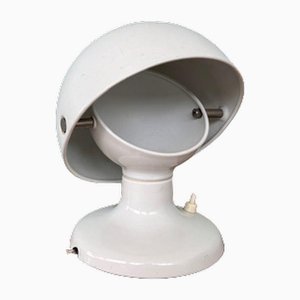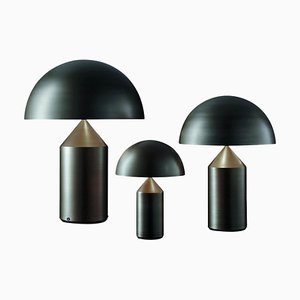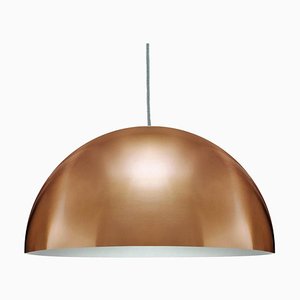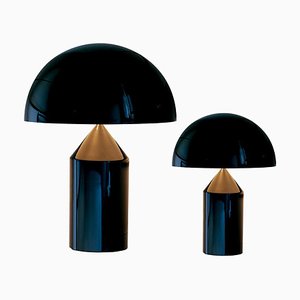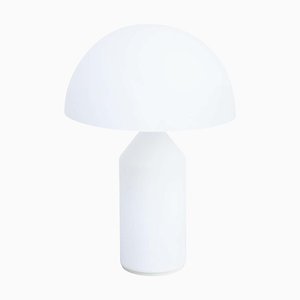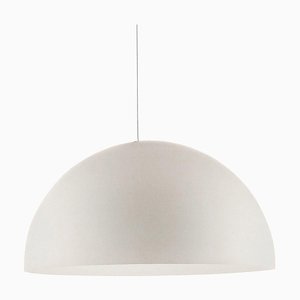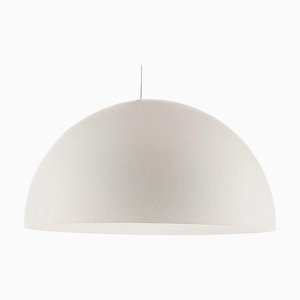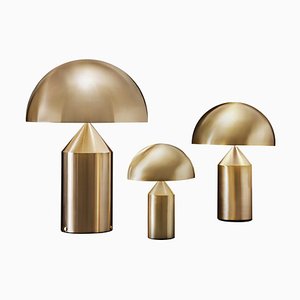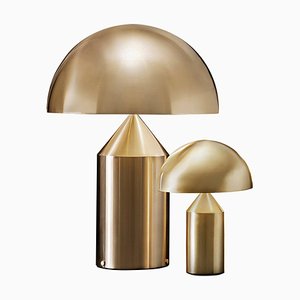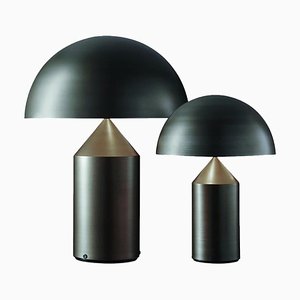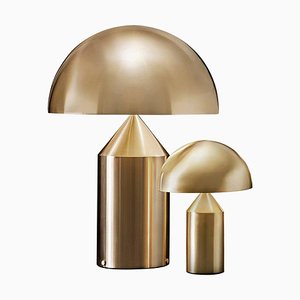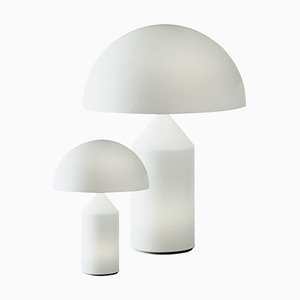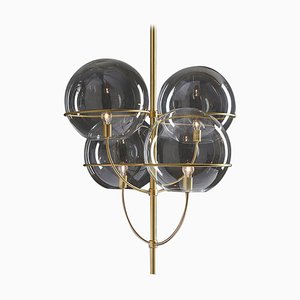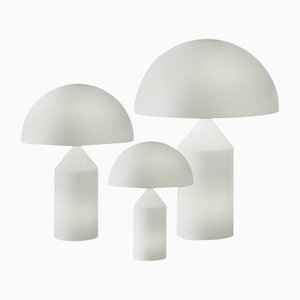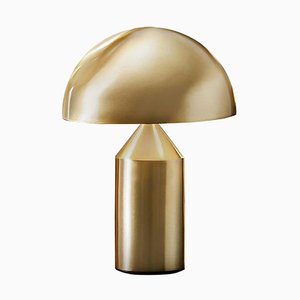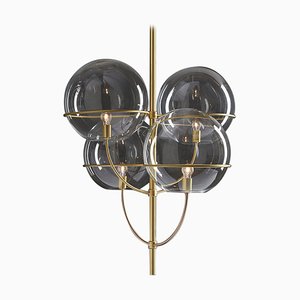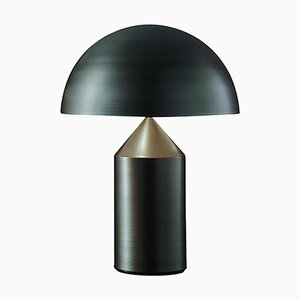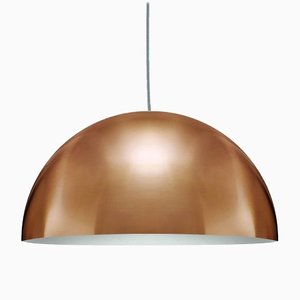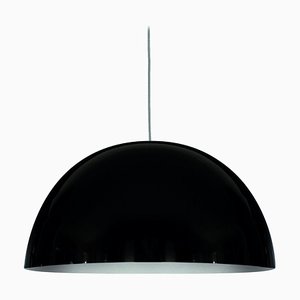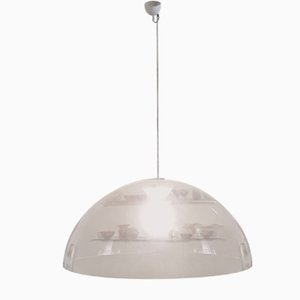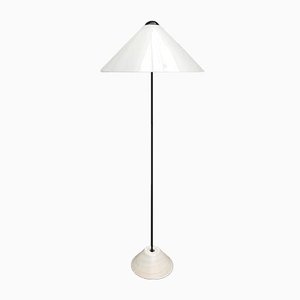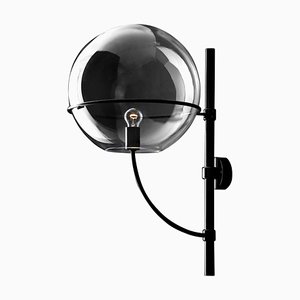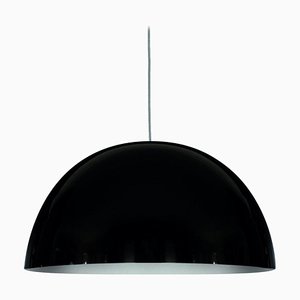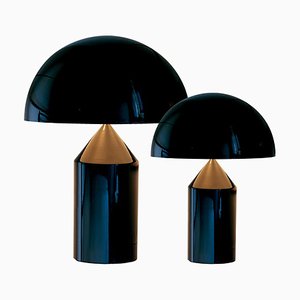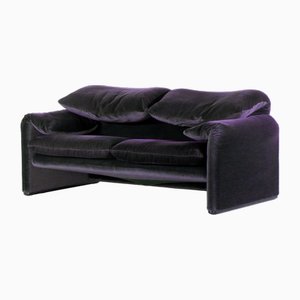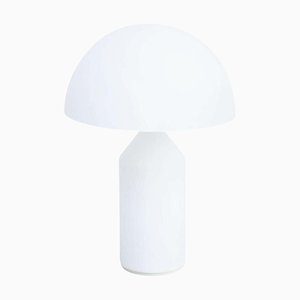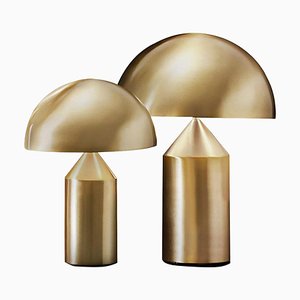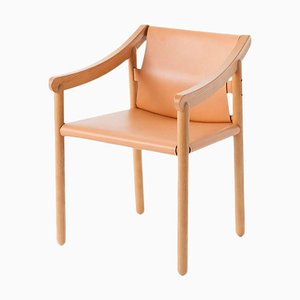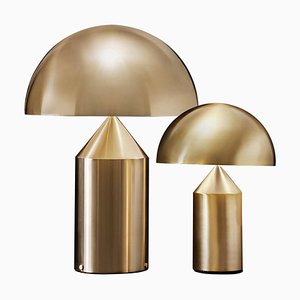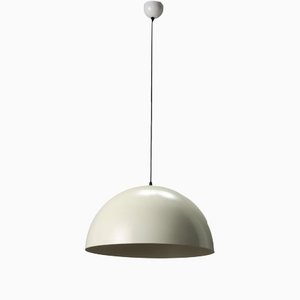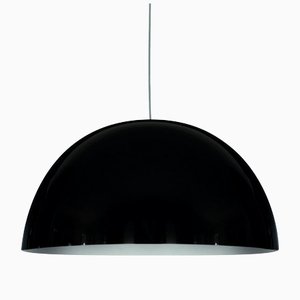
Learn More About Vico Magistretti
Architect and industrial designer Ludovico ‘Vico’ Magistretti was born in Milan in 1920. After graduating from the Faculty of Architecture at the Royal Polytechnic in Milan in 1945, he immediately began his career working for his father’s small architectural firm. Magistretti notably took part in the ninth (1955) and tenth (1956) editions of the prestigious Triennials in Milan, where he won the Gold Medal and Grand Prix respectively. As a young architect in the 1950s, Vico Magistretti was brimming with new ideas and proposals, which saw him rise to the status of one of the most brilliant exponents of the “third generation.” During this period Vico Magistretti worked for such companies as , Cassina, De Padova, Flou, , Kartell and Schiffini.
Vico Magistretti’s best known pieces
Magistretti’s skill as a designer blossomed in the 1950s, when he moved into the field of mass-produced furniture and lamps. Working with craftsmen and entrepreneurs who had long produced furniture in areas north of Milan, Vico Magistretti’s first great success came in the form of the internationally acclaimed Carimate chair (1960) produced by the Cassina company. Designed for a golf club he was working on that same year, the Carimate chair combined rural simplicity with urban sophistication. The bright pop of red mixed with the smooth lines of the wooden supports further contribute to the chair’s worldwide success. Magistretti’s style oozed simplicity and elegance, and his pieces concealed the complexities of production. His world famous Eclisse lamp (1967) could ‘eclipse’ the light source and the lamp itself, by moving the rotating inner shades of the structure.
Vico Magistretti’s legacy
Vico Magistretti won numerous awards across the globe for his design classics, including the Compasso d’Oro award in 1967 for the Eclisse lamp. Magistretti’s designs can be seen in museums and galleries around the world, including twelve of his projects in the permanent design collection of MoMA, New York. After Magistretti passed away in September 2006, his studio was converted into a museum devoted to the study of his work.

